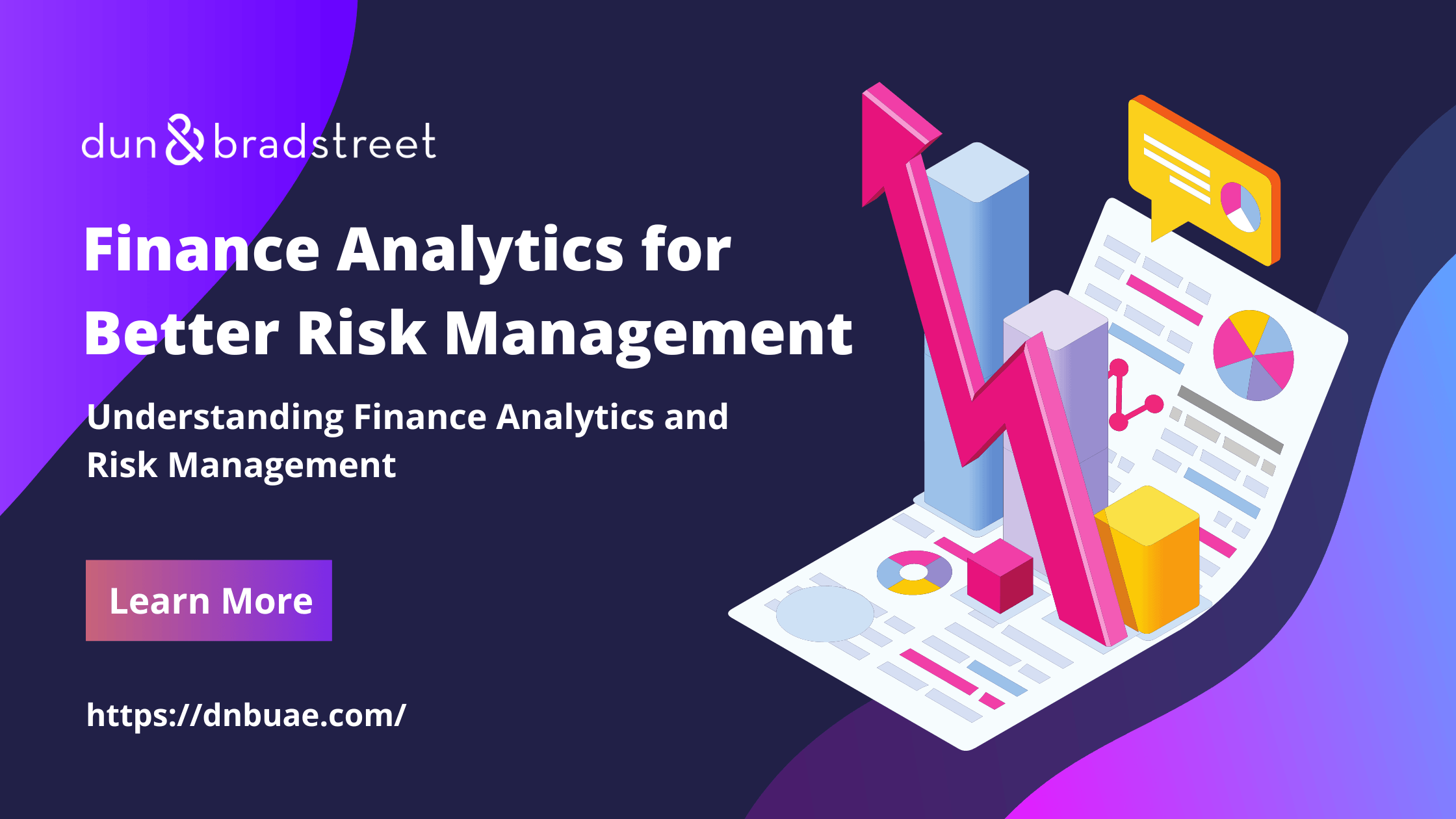In today’s rapidly changing business landscape, effective risk management has become crucial for organizations to survive and thrive. Traditional risk management approaches are no longer sufficient to handle the complexities and uncertainties of the modern business world. This is where finance analytics comes into play. By harnessing the power of data and advanced analytics techniques, organizations can gain valuable insights to identify, assess, and mitigate risks more effectively. In this blog, we will explore how finance analytics can be leveraged to enhance risk management practices and help businesses stay ahead of potential threats.
Understanding Finance Analytics and Risk Management
Finance analytics refers to the use of data analysis and statistical modelling techniques to uncover patterns, trends, and insights related to financial data. It involves collecting, organizing, and analysing vast amounts of financial information to make informed decisions and drive better business outcomes. On the other hand, risk management involves identifying, assessing, and mitigating risks that can impact an organization’s objectives and financial stability.
Leveraging finance analytics for risk management offers several advantages. It enables organizations to go beyond traditional risk assessment methods and provides a data-driven approach to identify potential risks, anticipate future trends, and develop proactive strategies to mitigate those risks. By leveraging advanced analytics tools and techniques, organizations can gain a holistic view of their risk landscape, make accurate risk assessments, and take timely actions to protect their financial health.
The Role of Finance Analytics in Risk Identification
One of the primary challenges in risk management is identifying risks before they escalate and cause significant harm. Finance analytics can play a crucial role in this process. By analysing historical financial data, market trends, and industry benchmarks, organizations can identify patterns and indicators that may signify potential risks. For example, through data mining techniques, organizations can uncover anomalies in financial transactions that could indicate fraudulent activities or irregularities.
Furthermore, finance analytics can also help in identifying emerging risks and market trends. By monitoring external data sources, such as economic indicators, regulatory changes, and geopolitical events, organizations can proactively assess the impact of these factors on their operations and adjust their risk management strategies accordingly. This proactive approach enables organizations to stay ahead of the curve and effectively mitigate potential risks.
Enhancing Risk Assessment and Quantification
Accurate risk assessment and quantification are essential for effective risk management. Finance analytics provides organizations with the tools and methodologies to quantify risks accurately. Through statistical modelling, scenario analysis, and stress testing, organizations can evaluate the potential impact of various risk factors on their financial performance. This enables them to prioritize risks based on their severity and likelihood and allocate resources accordingly.
Moreover, finance analytics can help organizations gain a deeper understanding of the interconnectedness of risks. By analysing correlations and dependencies between different risk factors, organizations can assess how one risk can trigger or amplify other risks. This holistic view enables organizations to develop comprehensive risk mitigation strategies that address multiple risks simultaneously.
Optimizing Risk Mitigation Strategies
Once risks are identified and quantified, finance analytics can aid in developing effective risk mitigation strategies. By leveraging historical data and predictive modelling techniques, organizations can simulate different scenarios and assess the effectiveness of various risk mitigation measures. This allows them to identify the most cost-effective and impactful strategies to minimize potential losses and protect their financial stability.
Furthermore, real-time monitoring and continuous risk assessment are crucial for effective risk management. Finance analytics enables organizations to monitor key risk indicators and trigger alerts when predefined thresholds are exceeded. This proactive approach helps organizations identify potential risks in real-time and take immediate action to mitigate them, reducing the impact on the business.
Conclusion
Finance analytics has become an invaluable tool for organizations seeking to enhance their risk management practices. By leveraging advanced analytics techniques and harnessing the power of data, organizations can identify, assess, and mitigate risks more effectively. From risk identification and assessment to developing proactive mitigation strategies, finance analytics empowers organizations to stay ahead of potential threats and protect their financial health. By embracing finance analytics as a core component of their risk management framework, organizations can navigate uncertainties with confidence and drive sustainable growth in today’s dynamic business environment.










